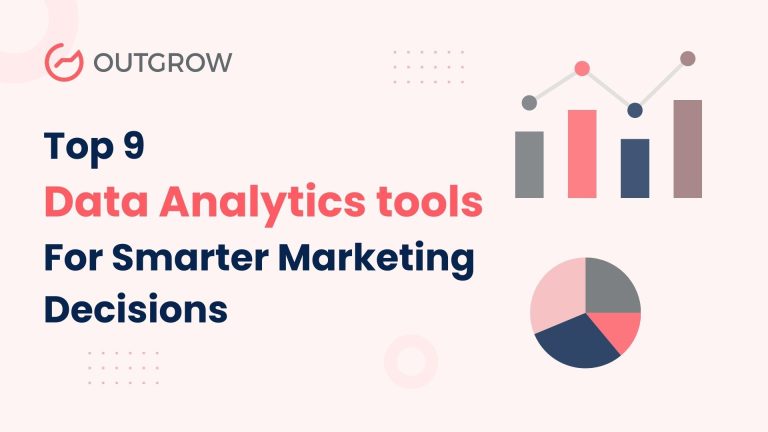How To Measure Your Marketing Success: A Simple Guide
Table of Contents
Executing a good marketing strategy is work well begun, but only half done. Measurement is the key to optimizing any process. In an environment as competitive as today, you can’t afford to be flying blind. You shouldn’t be wasting any effort on a strategy that isn’t giving you any results. So marketing the effectiveness of your strategy is as important a part as making a good marketing plan. Only 21% of marketers are employing analytics to measure marketing ROI for all marketing engagements. But we’re here to tell you why you should definitely be a part of it. To find more reasons and ways on how you can measure your marketing analytics, you should definitely give this blog a read!
What Makes Marketing Successful?
Products don’t just sell themselves. It requires a good deal of promotion and marketing. Marketing is everything that the customer perceives of your brand. But what is a good marketing strategy? And what makes it successful? Apart from some quantifiable metrics, there are a lot of things that make a marketing strategy successful. Precisely, we need to have a look at the 4 Ps-
Product, Price, Place, and Promotion
Does your marketing strategy define your product? Does it define what your product does and what it stands for? Unless you can identify the purpose of your product, you cannot promote it.
Now that you’ve defined what you’re selling, you should focus on what you’re selling it for. In the end, it all comes down to the price for the customer. It’s not just about cutting down prices. Or about increasing your profits. It’s about providing value to the customer.

The third chapter of the story is about ‘where’. How do you reach your customers? Where do they find you? Deciding on your mediums and your platforms is a very important part of developing a marketing strategy.
And the final climax of the plot comes with the promotion. Promotion is all about going the extra edge. There are multiple ways of promoting your product. Coupons, offers, discounts, deals, and whatnot. It is key to finding the right promotional mix for your audience.
Before we get serious and start talking about metrics, let’s have a look at why you should measure your marketing success.
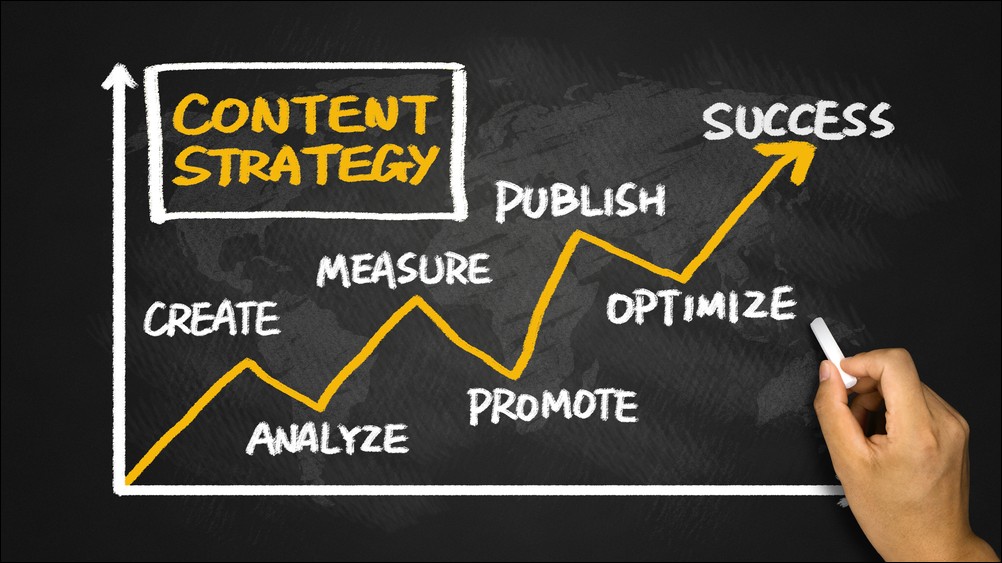
Why Should One Measure Marketing Success?
Doing something without knowing why you’re doing it can only result in a half-baked cake. There are some very obvious benefits to tracking your marketing success, but we’ll just be a darling and lay them out for you!
1. Efficient Use Of Budget
Measuring marketing success tells you whether your money is being wasted or put to good use. By measuring the success of your marketing strategy using metrics, you get a better understanding of how you should allocate your budget. Marketing strategy is not about one action or a uni-dimensional effort. By understanding which part of your strategy is leading to maximum conversions and revenues, you can plan your future marketing ventures.
The end result of a business is to generate profits. After all, tracking your marketing metrics is a sensible way of making budgetary cuts.
2. Choosing the Right Channels
Most marketing teams today use multiple channels and platforms to reach out to their audience. But not all channels may not have the same level of effectiveness. Using marketing metrics, you can determine the channels which are resulting in a higher amount of traffic and reach. The channels which are not giving the desired results can be strategized further. While effective channels can be used in the same manner. High-level analytics offers transparency and visibility around both cross-channel and individual performances.

3. Identifying Opportunities For Testing And Optimization
One of the most important uses of marketing analytics is to test your marketing campaign landing pages and improvise them to generate better results in the future. Regularly analyzing your marketing analytics gives you more chances to A/B test your strategies and Multivariate testing of digital marketing campaigns. These respective landing pages can point out the variations in the design and content mix that will generate the best results for you.

SimCity 5, one of EA’s most popular video games, sold 1.1 million copies in the first two weeks of its launch last year. 50% of these sales were digital downloads, thanks to a strong A/B testing strategy.
4. Improving Customer Targeting
Marketing analytics allows digital marketers to perform a detailed, high-level analysis and identify their most and least profitable customers. Using these analytics, you can increase customer loyalty and provide improved customer service. You can gather information on who is using your product the most. For example, suppose you are a SaaS company, and you see that more organizations in the education sector are using your product. You can begin to tailor your marketing strategies and offers according to their needs, as compared to the rest of your clients. You can do the same for different demographics, locations, interests, etc. of the customers.
5. Providing A SWOT Analysis
Gathering and analyzing marketing metrics can help you determine your strengths and weaknesses along with those of others. Marketing metrics are often not a secret and it helps us place ourselves against our competitors. It helps us identify various opportunities in the form of marketing trends, with respect to our initiatives. And at the same time, it makes us wary against any upcoming threats to our business.
Apple Inc. is one company that is known for doing SWOT analyses regularly. They have been making constant improvisations to their products while keeping their brand image intact. Even while competing with huge names like Samsung, Apple has managed to stand out and create a place for itself.
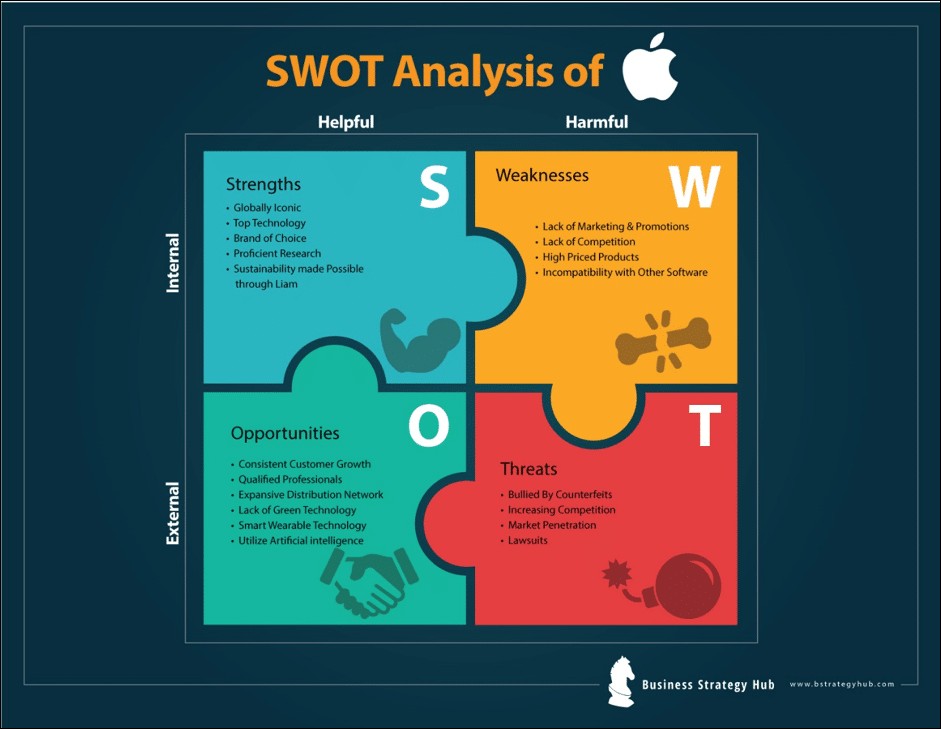
What Are The Important Indicators Of Marketing Success?
There is a large number of metrics that we can use to measure your marketing success and how our marketing strategy has been performing. These are called KPIs (Key Performance Indicators). Let’s discuss some of the more important ones here.
1. Website Traffic
Your website serves as the front face of your brand. The higher people that end up on your website, the higher people know about your product/service. Most of your marketing efforts are focused on driving traffic to your website. Therefore, higher website traffic is an indicator that your marketing strategy is working in the right direction. If you see a declining rate of traffic on your website, you could consider troubleshooting your website.
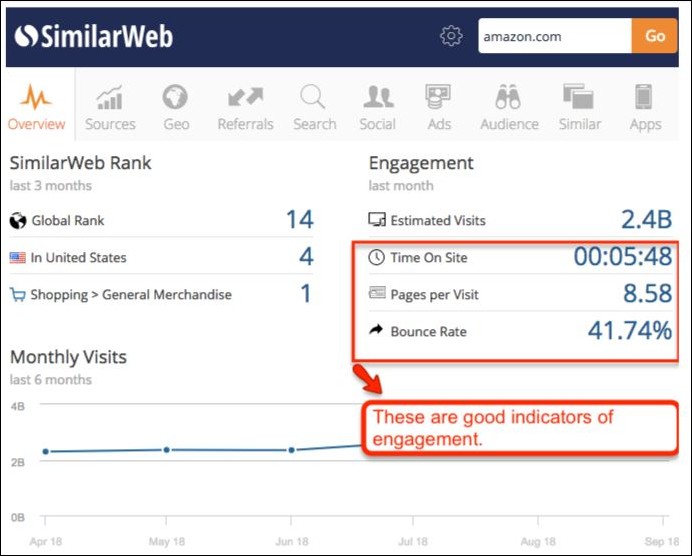
2. Page Views
Page views refer to the total number of pages viewed on your website. It’s relevant to know how many pages are visited on your website in a given time period. This helps you to understand if your entire site is of value or if only certain pages are. There may be users who repeatedly visit the same page on your website and only that. Analyzing your page views will help you modify your website accordingly, to make it more useful for your users.
3. Bounce Rate
Bounce rate refers to the percentage of visitors who exit your website without spending a specified amount of time on it. One could have different criteria for what classifies as ‘bounce’. A higher bounce rate means that there is a large section of your traffic that isn’t deriving any value from your website. You can employ various methods to increase their session time on your website and thus lower your bounce rate.
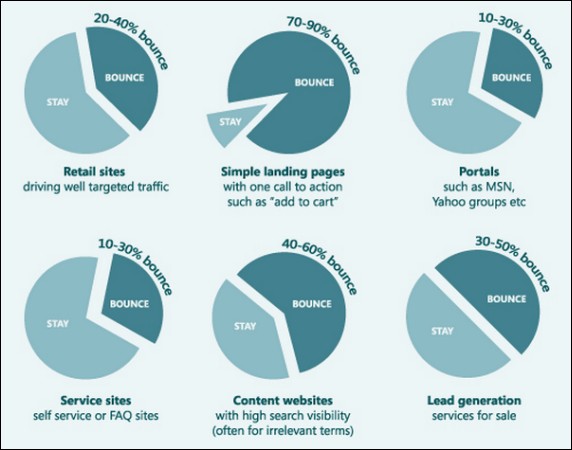
4. Conversion Rate
You can find out your conversion rate using analytics tools. Conversions can mean a lot of things. It could be an actual sale, a download or a subscriber. A higher conversion rate is a very clear sign of a successful marketing strategy. High conversion rates can either be an indicator of a marketing growth or business growth. It is important to know the difference. For example, out of 1000 impressions, almost 100 people clicked on your ad. This makes your CTR (Click-Through-Rate) as 10%. This is solely a marketing growth metric.
5. Social Reach
Timon is always incomplete without his Pumba. In the same way, your marketing strategy is incomplete without social media. The primary purpose of social media is to reach as many accounts and people as possible and to sell your content. A low social reach could mean that you need more originally curated content. You can strategize on your social media channels and timings. Optimize your social media profiles, post during slow hours, and play to your strengths. There are a lot of ways through which you can expand your social reach. And as for analyzing your social media strategy, take a look at your share counts. Your post engagements, visitors, followers, etc. are primary metrics that you can consider while measuring your campaign success.
For example, Casper Sleep is an e-commerce company that sells sleep products online. Casper has a great cross channel social marketing network. Apart from the basic Facebook and Instagram, they have used channels like Youtube and Spotify to their best advantage.

The company shares each new Sleep Channel episode on Spotify, YouTube & IGTV. They also promote a teaser on their other social media profiles. This is a great way to generate buzz around their sleep channel, increase their following on other platforms and cross-promote content.
6. Cost Per Conversion
This digital marketing analytics tells you how much it costs to convert a site visitor into a sale. A higher cost per conversion might not maximize your profits. The amount of time and money you spend through your customer’s journey of conversion can be decreased through a variety of methods. By using marketing automation and reducing customer churning, you can save both time and money on each customer acquisition. You can use these customers to bring in more customers through referral programs.
A highly reputed university used software called Datawrkz to grow its sales while reducing its CPA simultaneously. They helped them increase their student registrations for their online course by streamlining the user experience on their website. They captured and analyzed audience data and scaled the demand for their course. This resulted in a 400% increase in student intake. After a huge improvement in the user experience, they were able to cut down their CPA by almost 80%!
7. Click-Through Rate
Clicks on email blasts and advertisements are some of the most difficult marketing goals. Click-Through Rate refers to the number of people who actually click on your email CTAs and advertisements. Your CTR as it relates to pay-per-click helps to determine your relevance score and affects your Cost Per Click.
There are a lot of ways of increasing your CTR. Creating posts with images can increase click-through rates up to 42% in emails. Use simple headlines and test them on social media. Using more keywords, descriptive URLs and meta descriptions are all great ways to increase CTR.
Now that we’ve learned why and through what, let’s talk about the next big question, how. How do you attain these numbers? How do you analyze them? There are certain tools that God and man bestowed upon us to master the art of metric tracking. Let’s have a look at what they are.
Tools For Measuring Marketing Success
1. Google Analytics
Google Analytics is the king of all analytics. And more so, it’s free! Google Analytics is a great way of tracking how people interact with your website. You can have a look at your daily visitors, your most popularly received pages and where most of your traffic is coming from. You can find out how long they stayed for, what location they’re at, which device they used and almost everything. Google Analytics gives you an accurate summary of where you’ve performed well and where you’ve lapsed in your marketing strategy.
It also gives you your bounce rate. And the best part of all, it helps you assess each conversion. It can assign values to each of your conversions separately and assess your ROI on them. Google Analytics is a really powerful tool and offers a lot more opportunities than most other analytics tools.
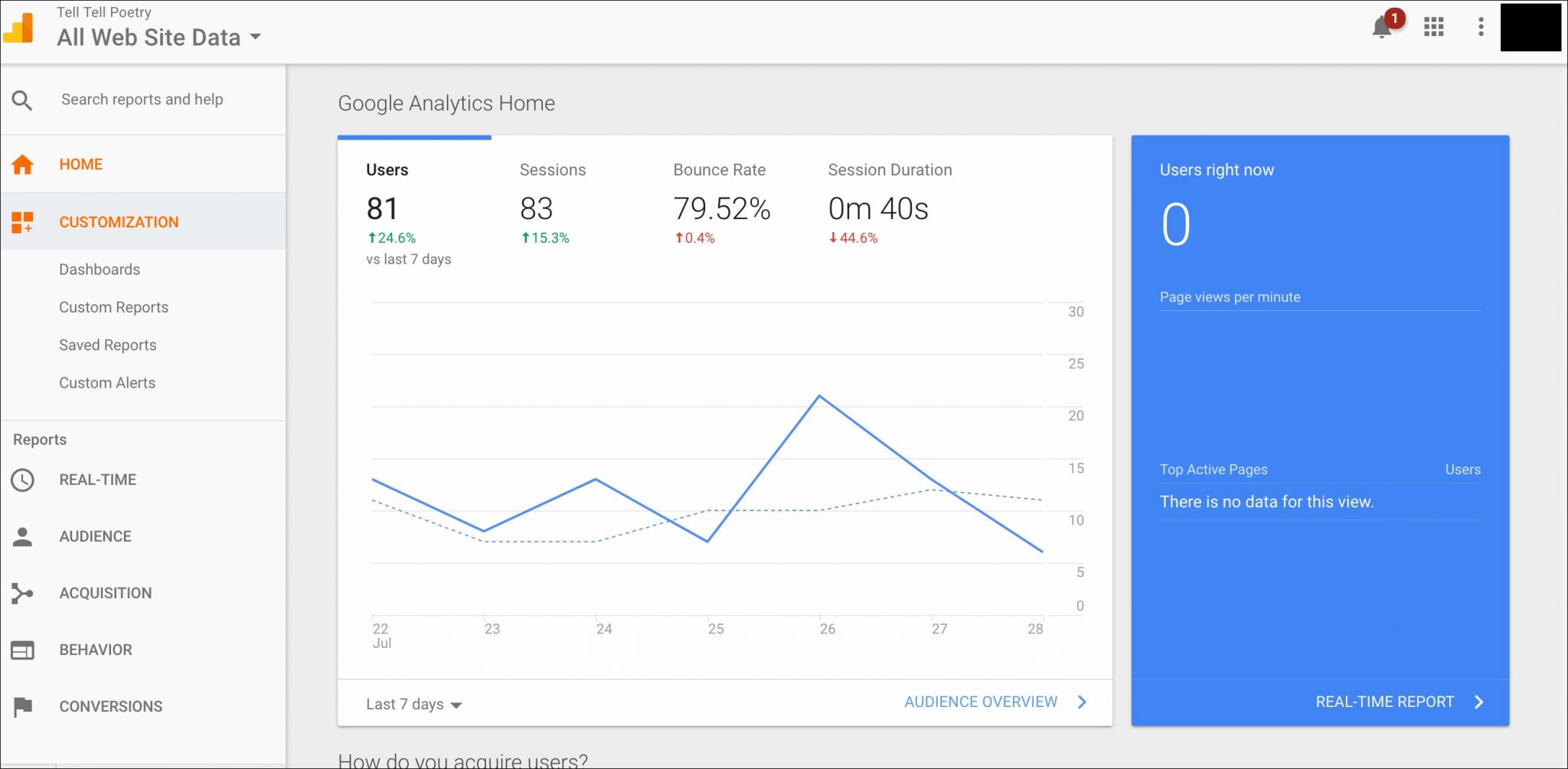
2. Social Media Management Tools
You know the wise words, “Your marketing strategy is incomplete without social media”. And when you do use social media, how do you track it? That’s when social media management tools make their grand entrance. There are multiple such tools available on the internet- free as well as paid ones. Tools like Sprout Social and Buzzsumo can work wonders for your analytics. These tools give you detailed accounts for each social media channel you use for your campaigns. They help you understand your best and worst-performing posts, your most successful visuals, timings, etc.
These tools are also great for cross-channel comparisons between social media mediums. You can track your Facebook Page impressions and tally up Twitter link clicks at the same time. Furthermore, you can measure Instagram follower growth, evaluate LinkedIn engagement, assess content performance on Pinterest, and much more, all from the same location. These tools give you an accurate and precise overview of everything you need for your next marketing report.
Sprout Social
It is an all-in-one social media platform that helps you understand and reach your audience, engage your community and measure performance. The platform gives you a single hub for social media publishing, analytics, and engagement across all of your social profiles. It decreases time and labor and helps you maintain a standard efficiency throughout all your social platforms.
Buzzsumo
BuzzSumo is a social media analytics and curation tool for content marketers. It gives you insights to understand what content is working with your audience and what is not. It searches the web for content based on search queries and reports back to the enquirer on its success, based upon its social likes & shares.
Hootsuite
With Hootsuite, you can monitor multiple accounts and keywords, connect with over 35 social networks, and bulk-schedule social media posts. The system’s user interface takes the form of a dashboard and supports social network integration for Twitter, Facebook, Instagram, LinkedIn, Google+ and YouTube.
3. CRM Software
CRM or Customer Relationship Management has its own metrics to take care of. It is the systematic and organized building of relationships with the customers through technology in order to increase customer satisfaction and increase their loyalty towards your brand. CRM metrics include figures like customer retention, the increase in visits and orders per customer, etc. They are centrally customer-oriented and are a result of the combined efforts of marketing and sales.
CRM software tools like Hubspot and Salesforce are big names in the league. These systems allow you to keep track of all your existing clients as well as centralize your communication channels so that no customer falls through the cracks.
Hubspot
Hubspot is one of the best CRM tools available there is. With HubSpot, you can create a detailed company and contact profiles as the platform organizes all the data obtained from customer contacts for you. It provides a single dashboard that your team members can access to stay updated on company activities.
Salesforce
Salesforce allows you to track all your customer details in one place so that you can nurture them better. It offers a complete view of important customer details such as discussions, communications, social mentions, and activity history. The dashboard allows you to see real-time data as well as customer reports.
Zoho CRM
You can use this web-based CRM to improve your customer experience and expand your business. With this CRM tool, you can track sales, automate routine business tasks, and engage customers on multiple platforms. It allows you a detailed customer profile, with their history, preferences, responses, etc.
4. SEO Tool
SEO is an important element in marketing. People often joke about how Google Search’s second page is the best place to hide a dead body. Because no one ever goes looking there. It might be a joke but it often rings true when it comes to SEO. There are various SEO tools available out there that help you analyze your SEO readings and improve upon them. Organic traffic, bounce rate, conversion rate, etc. are some of the important metrics to determine your SEO standing.
Google PageSpeed Insights
This software helps you check the speed and usability of your site on multiple devices. If you enter a URL, this tool will test the loading time and performance for both devices, mobile, and desktop. It will also enlist opportunities for you to improve upon it.
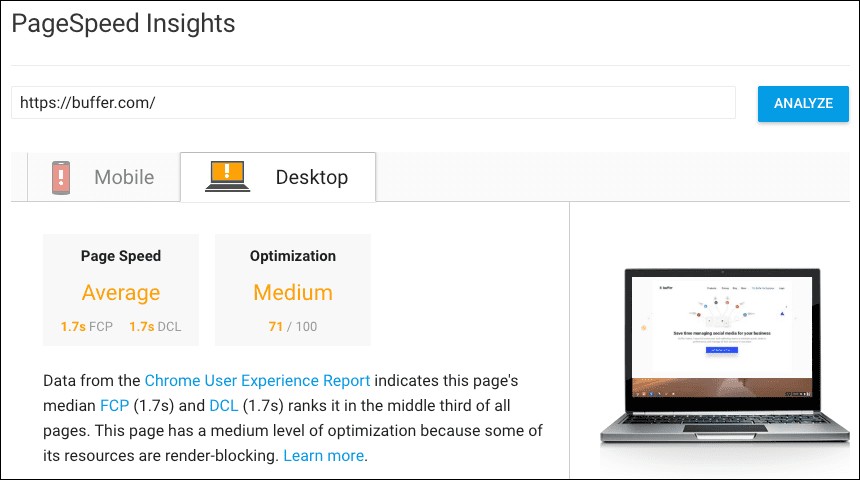
Keywordtool.io
Keywordtool.io is a free SaaS product that helps you generate keywords for any topic. It uses search engines and software like Google Autocomplete to do the same. Using the right keywords helps your content rank higher and appears in top searches.
Ahrefs Backlink Checker
This tool will show you a complete backlink for any website from its index of live backlinks. It also helps you analyze your websites further and track social media activities.
We have answered all the bigger questions by now. Now let’s cut to the chase, or to our favorite tool – Outgrow. Well, if you don’t blow your own trumpet, who else will? Did you know that Outgrow has its own Analytics section that helps you capture data about the performance of each experience you create on it?
Measuring Marketing Success With Outgrow
Outgrow – our all-time favorite tool is here to help us again! For each experience that you create on Outgrow, you can find an ‘Analyze’ tab on the builder. For every experience that has gone live, you can find the metrics for it. The tab is divided into three sections – Overview, User Details, and User Funnels.
The Overview section gives information on the number of people who have visited the experience, started it, and completed it. You will get the conversion rate for leads and their engagements. The User Details section allows you to segment these leads and use them for retargeting. The User funnel section allows you to analyze your traffic on the basis of location, time, answers, etc. It also gives you analytics for your lead generation efforts. It will show you the number of visits to your template and the percentage of those visits that got converted into leads.
This helps you improvise on your experiences and manage them better. You understand how you can better direct them to interested users and gain leads out of them.

Conclusion
Well, it’s been a productive day altogether. Now you can stop feeling guilty about binging that show instead of completing that assignment. You’ve learned so much about the whats and whys and hows of marketing analytics. And there’s still so much left to learn. So how about you quickly reach out to us so that we can work on any questions that might have and make a day out of it!
Related Reads:
How To Use Interactive Content To Nurture Your Leads?
How To Segment Your Leads In Outgrow?
Antara Agarwal is a full time marketing consultant at Outgrow. She can be found packing her bags for her next trip, often to the mountains. And in one of those bags you will always find a half finished book she’s been struggling with for months.




